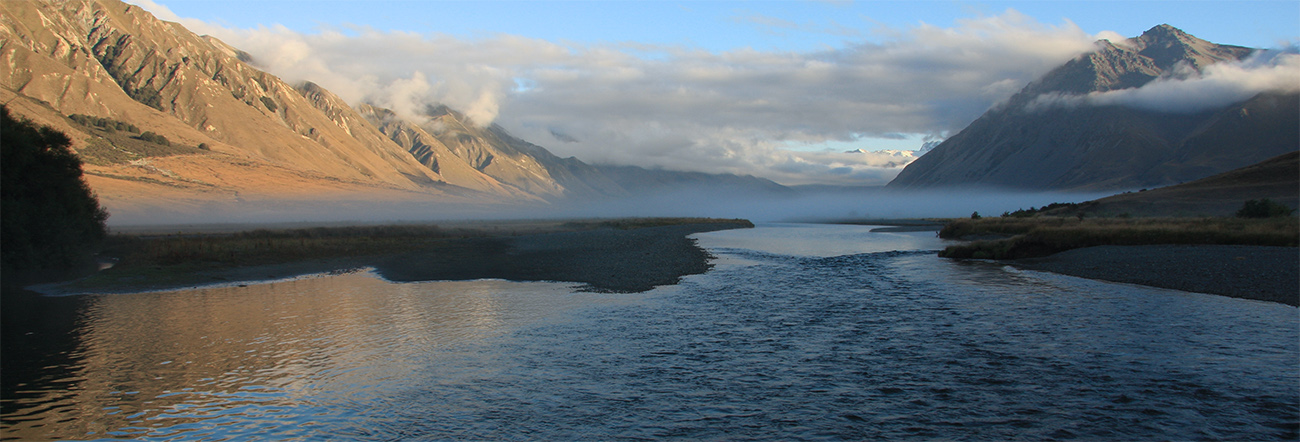Skagit heads are short fat shooting heads developed in the 1990s by fly fishermen on the Skagit River (USA), enabling them to cast heavily weighted flies and tungsten sink tips on long double-handed rods to winter steelhead reluctant to rise from the bottom.
Skagit heads are cast with modified Spey casting techniques relying on water tension to load the rod, and don’t require the large dynamic D-loops necessary for casting regular Spey lines. Interchangeable tips of varying length and density enable the angler to target fish in a wide range of depths.
The term ‘micro-Skagit’ is used for ultra-short Skagit heads - usually 11 to 16 ft and less than 360 grains in weight - recently developed for use on regular single handed rods and light double-handed rods <12 ft long, i.e. Switch and Trout Spey rods.
The first commercial micro-Skagit head, the Commando Head, was designed by Skagit legend Ed Ward and released by Olympic Peninsula Skagit Tactics (OPST) in 2015. Soon followed by similar products from Rio (Skagit Trout Max), Airflo (Skagit Scout) and, finally, Scientific Anglers (Spey Lite Skagit Head). In late 2018, Rio replaced the Trout Max with a second generation micro-Skagit, the Skagit Trout Spey.
Advantages of micro-Skagit heads for single hand rods are that they: cast much heavier flies and sink tips on a single-hand fly rod of a given line weight rating than regular floating or sinking fly lines; require almost no back room to cast using Spey methods; can be cast far distances quickly and with little effort; and offer much more control over the depth and position of a streamer, through tip selection and mending options. As they are so short, micro-Skagit heads are also suitable for stripping streamers – the original Skagit heads were intended for swinging flies.
I began my micro-Skagit journey in 2017 with 15 ft 180 and 270 grain Skagit Scout heads purchased for my 5 wt and 7wt single hand rods. It didn’t take me long to appreciate how wedded Skagit systems are to the laws of physics, and since advice for single-hand Skagit was frustratingly scant and sometimes contradictory, I started what became series of enlightening experiments.
Since I already owned the longest micro-Skagit heads for 5 wt and 7wt single-hand rods, I purchased three of the shortest - 11.5 ft Rio Trout Max heads in 175, 200 and 275 grains. To test some emerging theories and predictive equations I then added a 12.2 ft 150 grain Scout, a 13.5 ft 200 grain Commando head, and a 14.3 ft 200 grain Rio Skagit Trout Spey (which replaced the Trout Max in late 2018). And finally, to investigate the influence of profile, I added the uniquely tapered Scientific Anglers Skagit Lite heads in 150, 180, 210 and 240 grains.
When Scientific Anglers produced the first intermediate micro-Skagit heads in 2019, as an extension of their Spey Lite series, I was fortunate to acquire intermediate heads in 150, 180 and 240 grains, which I tested against the floating versions of equivalent weights and lengths.
I fished the fifteen micro-Skagit heads on 9 and 9.5 ft 4 - 5 wt and 7wt rods with a range of actions. For sink tips I tried 10 ft intermediate Polyleaders, 10 ft #5 and #6 Rio Replacement Tips, 7.5 – 10 ft of level T-7 to T-11, and 10 ft compound tips, including Rio’s 3D and iMOW light, and Airflo Flo tips in T-7, T-10 and T-14.
I wrote this series of articles, 30 months after the start of my ‘journey’, in which I provide a summary of what I've found, albeit a long and technical one, divided into title links for easier navigation.
Single Hand Skagit - Science behind the magic |
|
| + | Where it all began |
| + | Head design |
| + | Sink tips |
| + | Casting heavy sink tips |
| + | Running lines |
| + | Reels |
| + | Rods |
| + | Intermediate heads |
| + | Favourite outfits |
| + | Conclusions |
| + | Shootout of 12 Skagit Heads I tested |
| + | Table of Sink Tip Recommendations |
| + | Table of Lengths and Weights of Sink Tips |
Single hand Trout Spey : Getting started with a 9 ft 5wt rod |
|
| + | Getting started |
| + | Rods and Skagit heads |
| + | Sink tips for Skagit heads |
| + | Tippet for Skagit heads |
| + | |
| + | Hybrid heads |
| + | Floating tips for Skagit heads |
| + | Running lines |
| + | Cost effective approach |
| + | Learning to Spey cast |
| + | A final word |
